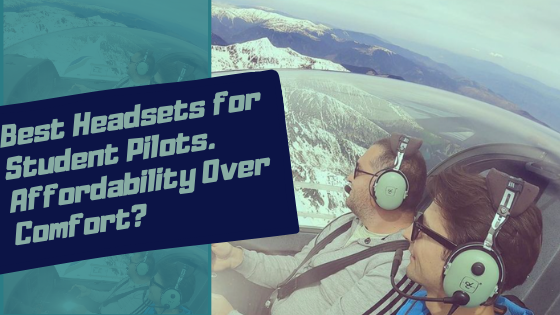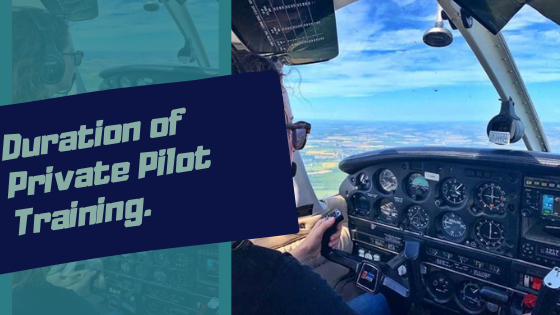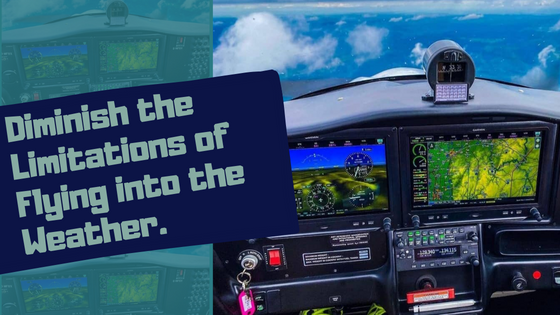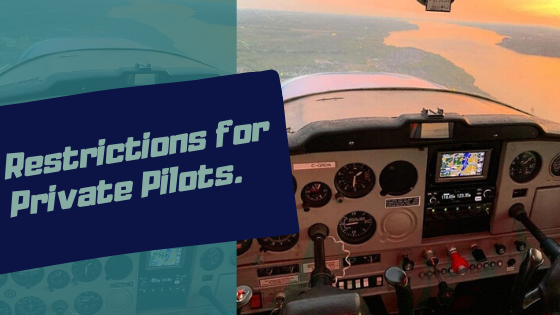Private pilot license vs. Instrument rating. Differences with privilege.
A private pilot license (PPL) is a certification that allows an individual to fly a single-engine airplane for personal use, but not for hire or compensation.
An instrument rating (IR) is an additional certification that allows any pilot to fly in less-than-ideal weather conditions, relying on the instruments in the cockpit instead of visual cues outside the airplane.
An instrument-rated pilot can fly in clouds, fog, rain, and other challenging weather conditions, which would otherwise ground a non-instrument-rated pilot (You can assume a private pilot without an instrument rating).
Having both a Private pilot license and an Instrument Rating can significantly expand the capabilities of a pilot and increase their safety margins.
Private Pilot Vs. Instrument Pilot: Let’s figure out the ins and outs of these two certifications.
In this post, I’ll address the private pilot license as PPL and the instrument rating as IR. PPL and IR are essential certifications for pilots, with different benefits and importance in aviation.
First, a PPL is a prerequisite for the pilot who wants to fly an aircraft for their personal use.
It demonstrates that the pilot has completed the necessary training and confirmed the knowledge and skill to operate a single-engine airplane safely.
A PPL is necessary for anyone who wants to fly recreationally or travel in a small aircraft without hiring a commercial pilot.
On the other hand, an IR allows the pilots to fly in instrument meteorological conditions (IMC), which are weather conditions where the pilot must rely solely on the aircraft’s instruments to navigate and control the plane rather than the visual cues.
Pilots with an IR have greater flexibility in flight planning, as they can fly in a broader range of weather conditions. Also, they are better prepared to deal with unexpected weather changes during a flight.
This certification is also essential for pilots who wish to pursue an aviation career, as it is required for many commercial pilot jobs.
Limitations of a Private pilot vs. an Instrument-rated pilot:
A PPL and an IR each have different restrictions, which the pilots must know.
The limitations of a PPL include the following:
Cannot fly for compensation or hire: A pilot with only a PPL cannot fly for compensation or employment. This means they cannot work as a commercial pilot or receive payment for flying passengers or cargo.
Cannot fly in instrument meteorological conditions (IMC): A pilot with only a PPL is not authorized to fly in IMC, meaning they cannot fly in weather conditions where the pilot must rely solely on the aircraft’s instruments to navigate and control the plane.
Limited to specific aircraft types and weights: A pilot with only a PPL is only authorized to fly certain types and weights of aircraft. They cannot fly aircraft with multiple engines and must have additional training to fly high-performance or complex aircraft.
The limitations of an IR include the following:
Limited to the specific type of IR: An IR is particular to the aircraft and instrument equipment used during the training and testing. Therefore, with additional training and certification, a pilot with an IR on a single-engine aircraft can fly an instrument flight on a multi-engine aircraft.
Cannot fly in all weather conditions: While an IR allows a pilot to fly in IMC, there are still certain weather conditions, such as severe icing or thunderstorms, where it may not be safe to fly even with an IR.
Requires periodic retraining and currency: A pilot with an IR must maintain currency by completing routine instrument proficiency checks and maintaining a minimum amount of instrument flight time.
Training and educational requirements for Private pilot vs. Instrument-rated pilot:
To obtain a PPL, a candidate must meet special training and educational requirements, including:
- English Language Proficiency: A candidate must demonstrate proficiency in English to ensure clear communication with air traffic control.
- Age Requirement: A candidate has to be at least 17 years old.
- Medical Certification: A candidate must pass a medical examination from a certified aviation medical examiner.
- Ground School: A candidate must complete a ground school course or self-study program to learn about aviation regulations, navigation, meteorology, and other critical flying-related topics.
- Flight Training: A candidate must complete at least 40 hours of flight training, including a certain number of solo and dual flight hours, with a certified flight instructor. The training includes basic maneuvers such as takeoff, landing, and navigating an aircraft in various flight conditions.
To obtain an IR, a candidate must already hold a PPL and meet additional training and educational requirements, including:
- Ground School: A candidate must complete a ground school course or self-study program focused on instrument flying procedures and regulations.
- Flight Training: A candidate must complete at least 50 hours of cross-country flight time, including at least 40 hours of instrument flight time.
- Practical Test: A candidate must pass a practical flight test with a designated examiner, demonstrating their proficiency in instrument flying.
Advantages and disadvantages of Private pilot and Instrument pilot:
Advantages of PPL:
- Cost-effective: Obtaining a PPL is less expensive than getting an IR.
- Flexibility: A PPL allows the pilot to fly for personal reasons without a commercial pilot’s license restrictions.
- Basic skill set: PPL pilots learn the essential skills to fly an airplane in various weather conditions.
Freedom: The pilot can fly at their leisure without the pressure of commercial aviation.
Disadvantages of PPL:
- Limitations: PPL pilots are limited in the type and weight of aircraft they can fly.
- No commercial work: PPL pilots cannot be paid to fly and cannot work as commercial pilots.
- No night flying: With additional certification, PPL pilots can fly at night.
Advantages of Instrument Rating:
- Higher proficiency: IR pilots have a higher skill set, including the ability to fly in IMC conditions.
- More opportunities: IR pilots have access to more job opportunities, including the ability to fly as commercial pilots.
- Superior Safety: IR pilots are better trained to handle unexpected weather changes, which reduces the chances of accidents.
Disadvantages of IR:
- Cost: Obtaining an IR is more expensive than getting a PPL.
- Complexity: The certification process is more rigorous than obtaining a PPL.
- Currency requirements: IR pilots must keep their certification up-to-date, requiring regular recertification.
Which certification to choose based on personal goals and career aspirations:
Personal goals: If the goal is to fly for personal reasons, such as recreational flying or flying for personal travel, then a PPL may be sufficient. However, if the goal is to become a professional pilot or fly more advanced aircraft, then an IR is essential. Here are some factors that can help in making the decision:
Career aspirations: If the goal is to become a commercial pilot, then an IR is mandatory. It is also necessary to obtain additional certifications, like a commercial pilot license (CPL), to fly for an airline or cargo company.
Flight environment: If the goal is to fly in all weather conditions and to be able to navigate and control the aircraft solely based on instruments, then an IR is necessary.
Budget: An IR certification is more expensive than a PPL, and additional costs are associated with maintaining currency requirements. Therefore, before making a decision, it is essential to consider the budget.
Time: An IR certification requires more time to complete than a PPL. A PPL can be completed in a few months, whereas an IR can take around a year.
Conclusion:
An IR can significantly expand pilot capabilities and increase safety margins compared to only having a private pilot license.
With a PPL, pilots can fly for personal travel or recreation, while an IR allows them to fly in a broader range of weather conditions and improves their overall flying skills.




